I am a beginner in electronics. For a project I have to use five 4017 counter and I understood how they works: one of ten outputs is high at the same time. But at some time, I need to set HIGH the 10 outputs of the five counters simultaneously. In your opinion, what is the best way to achieve that ?
I thought about using OR gates with one input set to HIGH after the counters but I can't find IC with more than 4 gates (CD4072B for example) so there will be a lot of OR gates on the circuit. Also, I thought about using diodes, is this a good idea or is there IC which can achieve what I want ?


